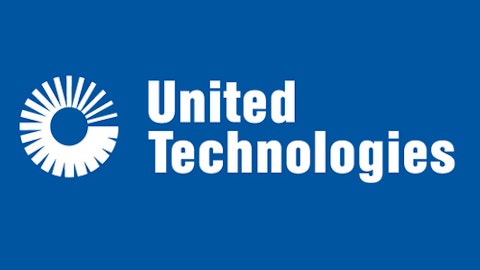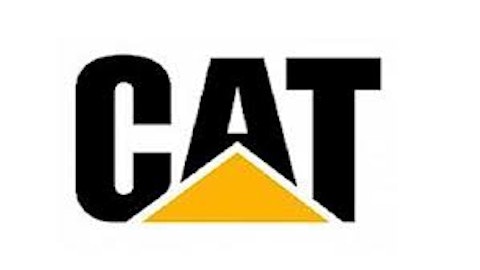Edison had studied the area in great detail, learning the monthly gas expenditures of every customer south of Canal Street and even sending out “spotters” to tally up the number of gas lights operating in his target customers’ premises at any given hour of the day. Edison later told an interviewer, “[I] picked the Pearl Street location because I thought the property could be purchased for about $10,000 a lot as it was in a slum district. … [I] was stunned when they quoted $75,000 a lot.” Undaunted, the canny entrepreneur pressed forward with a high-density plan that resulted in pairing his two generators together, essentially back to back.
Within two years, Edison’s customer base had grown more than fivefold, and his electricity was powering more than 10,000 lamps. However, this pioneering power plant burned down in 1890. Edison’s Illuminating Company was already large enough to withstand the loss by this time, and it continued to operate until the turn of the century, when it was purchased by New York’s Consolidated Gas. Today that company is known as Consolidated Edison, Inc. (NYSE:ED), thanks to an overdue name change in 1936 that recognized the importance of Edison’s electrical innovations. The utility now derives about two-thirds of its revenue from electricity use.
Oddly, despite the fact that electricity powers the products and services of every single company on the Dow Jones Industrial Average , no electricity-generating utility has ever held a consistent place on the index. The only two companies called “Electric” — General Electric Company (NYSE:GE) and Westinghouse Electric — in the Dow’s history have only been manufacturers of generators or electrically powered products. Westinghouse made its name shortly after Edison established the Pearl Street Station by producing the earliest alternating-current generating systems using Nikola Tesla’s technical expertise.
General Electric Company (NYSE:GE), in which Edison remained active for years after selling out of his manufacturing interests, initially sponsored Edison’s direct-current method of electrical transmission, but it quickly capitulated in the “war of the currents.” GE remains highly active in the manufacturing of electricity-generating machinery. It produces roughly 12% of the world’s wind turbines and about 40% of the world’s natural-gas turbines.
The article The Birth of Google and the Technology That Made It Possible originally appeared on Fool.com and is written by Alex Planes.
Fool contributor Alex Planes holds no financial position in any company mentioned here. Add him on Google+ or follow him on Twitter @TMFBiggles for more insight into markets, history, and technology.The Motley Fool recommends Google and Yahoo! The Motley Fool owns shares of General Electric Company and Google.
Copyright © 1995 – 2013 The Motley Fool, LLC. All rights reserved. The Motley Fool has a disclosure policy.




